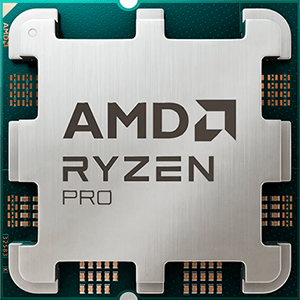Apple M4 10 Core vs Intel Core i5 12500H
We compared two laptop CPUs: Apple M4 10 Core with 10 cores 4.41GHz and Intel Core i5 12500H with 12 cores 2.5GHz . You will find out which processor performs better in benchmark tests, key specifications, power consumption and more.
Main Differences
Apple M4 10 Core 's Advantages
Released 2 years and 4 months late
Better graphics card performance
Higher specification of memory (7500 vs 5200)
Larger memory bandwidth (120GB/s vs 76.8GB/s)
Higher base frequency (4.41GHz vs 2.5GHz)
More modern manufacturing process (3nm vs 10nm)
Lower TDP (22W vs 45W)
Score
Benchmark
Cinebench R23 Single Core
Apple M4 10 Core
+23%
2103
Intel Core i5 12500H
1702
Cinebench R23 Multi Core
Apple M4 10 Core
12123
Intel Core i5 12500H
+8%
13201
Geekbench 6 Single Core
Apple M4 10 Core
+73%
3848
Intel Core i5 12500H
2214
Geekbench 6 Multi Core
Apple M4 10 Core
+66%
15114
Intel Core i5 12500H
9079
Cinebench 2024 Single Core
Apple M4 10 Core
+70%
174
Intel Core i5 12500H
102
Passmark CPU Single Core
Apple M4 10 Core
+31%
4605
Intel Core i5 12500H
3500
Passmark CPU Multi Core
Apple M4 10 Core
+12%
24138
Intel Core i5 12500H
21550
General Parameters
May 2024
Release Date
Jan 2022
Apple
Manufacturer
Intel
Laptop
Type
Laptop
ARMv9
Instruction Set
x86-64
Apple M4
Core Architecture
Alder Lake
-
Processor Number
i5-12500H
Apple M-Socket
Socket
BGA-1744
Apple M4 GPU (10-core)
Integrated Graphics
Iris Xe Graphics (80EU)
Package
28 billions
Transistor Count
-
3 nm
Manufacturing Process
10 nm
22 W
Power Consumption
35-45 W
-
Max Turbo Power Consumption
95 W
100 °C
Peak Operating Temperature
100°C
CPU Performance
4
Performance Cores
4
4
Performance Core Threads
8
4.41 GHz
Performance Core Base Frequency
2.5 GHz
-
Performance Core Turbo Frequency
4.5 GHz
6
Efficiency Cores
8
6
Efficiency Core Threads
8
2.59 GHz
Efficiency Core Base Frequency
1.8 GHz
-
Efficiency Core Turbo Frequency
3.3 GHz
10
Total Core Count
12
10
Total Thread Count
16
-
Bus Frequency
100 MHz
44
Multiplier
25x
192 K per core
L1 Cache
80 K per core
16 MB shared
L2 Cache
1280 K per core
-
L3 Cache
18 MB shared
No
Unlocked Multiplier
No
Memory Parameters
LPDDR5X-7500
Memory Types
DDR5-4800, DDR4-3200, LPDDR5-5200, LPDDR4x-4267
-
Max Memory Size
64 GB
-
Max Memory Channels
2
120 GB/s
Max Memory Bandwidth
76.8 GB/s
No
ECC Memory Support
No
Graphics Card Parameters
true
Integrated Graphics
true
500 MHz
GPU Base Frequency
300 MHz
1800 MHz
GPU Max Dynamic Frequency
1300 MHz
1280
Shader Units
640
80
Texture Units
40
40
Raster Operation Units
20
160
Execution Units
80
18
Power Consumption
15 W
4.6 TFLOPS
Graphics Performance
1.41 TFLOPS







